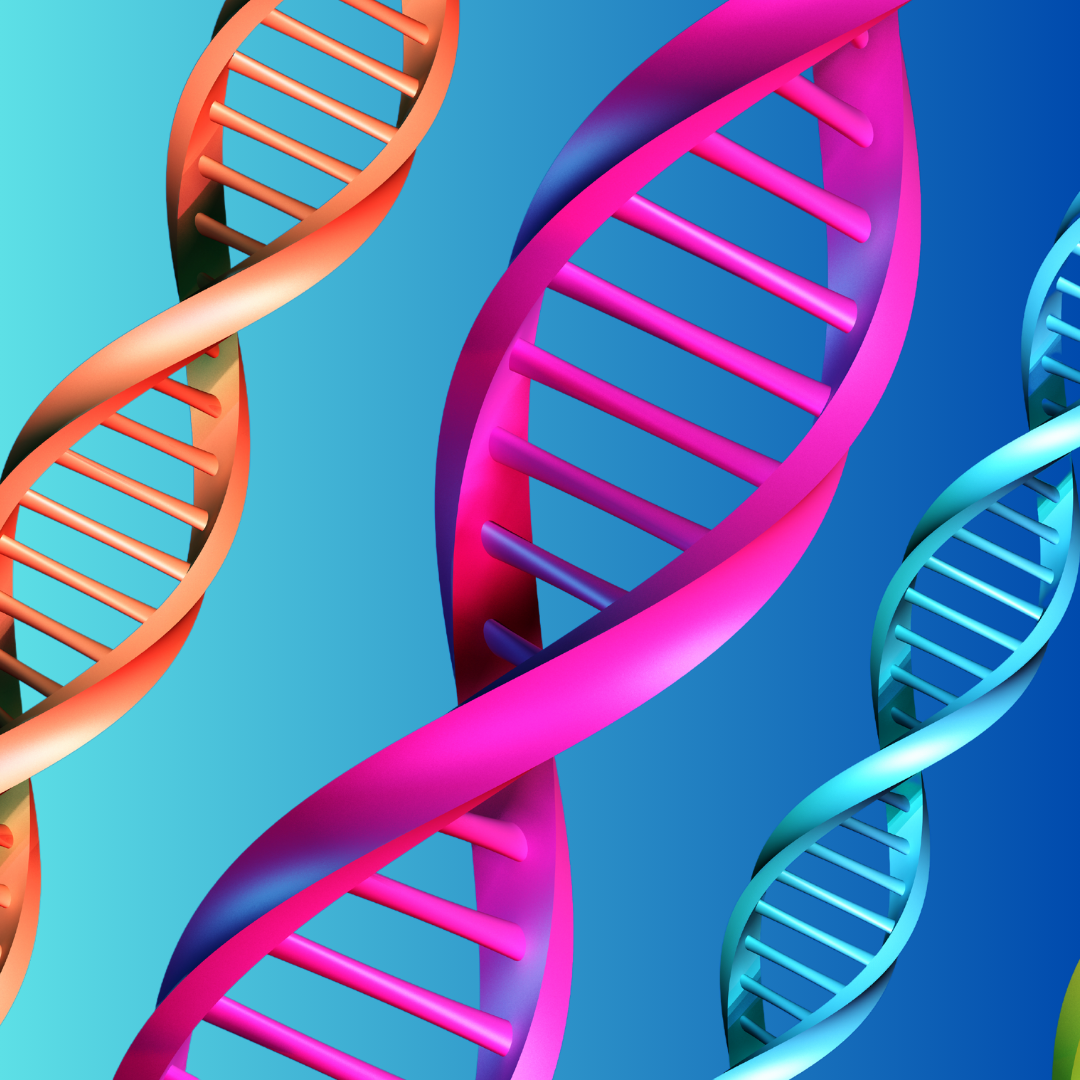Prime editing deal flurry to nail down patent rights
By Carrie Arnold,
Nature Biotechnology
| 04. 17. 2024
Tome Biosciences came out of stealth mode on 12 December with a haul of over $200 million to develop the company’s gene editing platform. Tome’s first order of business was to snap up Replace Therapeutics to expand its toolkit to one equipped to make gene edits in DNA sequences big and small.
Tome’s own genomic technology, mediated by an integrase, is well suited to large DNA up to tens of thousands of kilobases long. Replace’s CRISPR–Cas9 ligase-mediated platform, by contrast, is adept at inserting and deleting small DNA sequences of 10–100 base pairs. Having both of these technologies in its pocket, says Tome CEO Rahul Kakkar, means that the company can potentially replace an entire gene with a wild-type version rather than correct a defective version, and without requiring double-stranded breaks in DNA.
The merger, worth $65 million up front and potentially up to $185 million total for Replace, is one of the largest acquisitions in the booming prime editing field. Although Kakkar says that the acquisition was driven not by patent coverage but to expand Tome’s gene editing toolkit...
Related Articles
By Jenny Lange, BioNews | 12.01.2025
A UK toddler with a rare genetic condition was the first person to receive a new gene therapy that appears to halt disease progression.
Oliver, now three years old, has Hunter syndrome, an inherited genetic disorder that leads to physical...
By Rachel Hall, The Guardian | 11.20.2025
Couples are needlessly going through IVF because male infertility is under-researched, with the NHS too often failing to diagnose treatable causes, leading experts have said.
Poor understanding among GPs and a lack of specialists and NHS testing means male infertility...
By Pam Belluck and Carl Zimmer, The New York Times | 11.19.2025
Gene-editing therapies offer great hope for treating rare diseases, but they face big hurdles: the tremendous time and resources involved in devising a treatment that might only apply to a small number of patients.
A study published on Wednesday...
By Aisha Down, The Guardian | 11.10.2025
It has been an excellent year for neurotech, if you ignore the people funding it. In August, a tiny brain implant successfully decoded the inner speech of paralysis patients. In October, an eye implant restored sight to patients who had...




